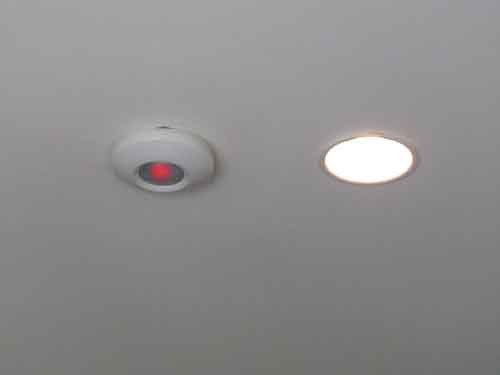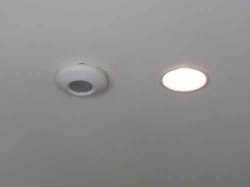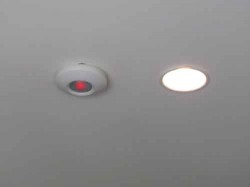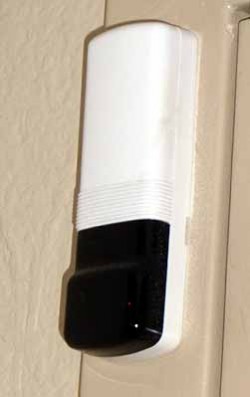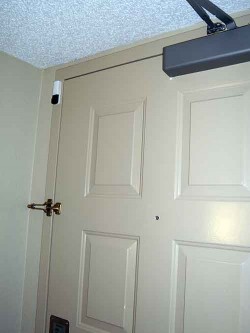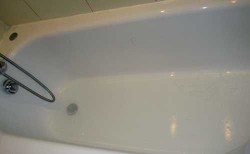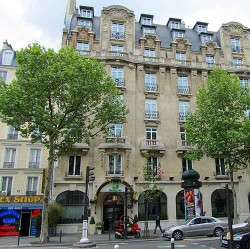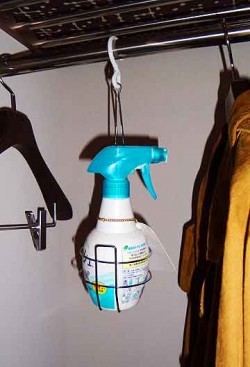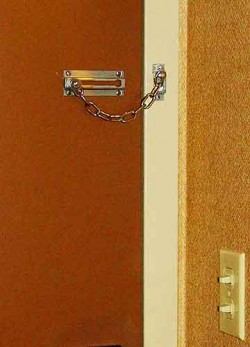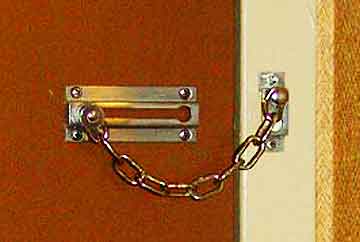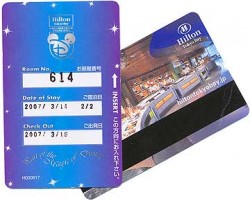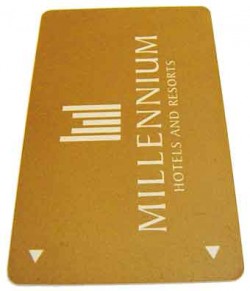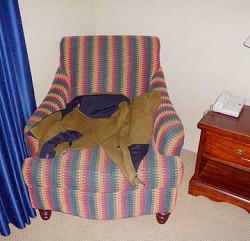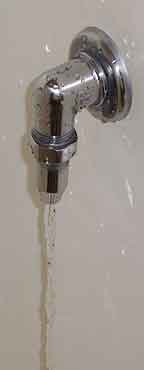What could be the purpose of a motion-detector inside a hotel room? Is this a new trend?
This one, in our room at the new Mandarin Oriental in Barcelona, blinked madly whenever we moved. It was a little creepy. I looked around for a hidden video camera.
When I asked reception staff, they explained that the motion sensor allowed them to determine occupancy in case of an emergency. This didn’t make sense to me; an occupant could be incapacitated, overcome by smoke in a fire, for example, or knocked unconscious in an earthquake.
I wrote the hotel, and its Director of Engineering & Loss Prevention replied promptly:
The motion sensor is part of the Inncom-Clipsal guestroom comfort system.
When the guest leaves the guestroom after 20 minutes inactivity the system goes to lighting off and A/C to set point.
When the guest enter in the guestroom the motion sensor activates all lighting memory scenario and A/C to last selected temperature.
That makes sense. And it explains my earlier post, too. In fact, I received two interesting explanations simultaneously. The Mandarin Oriental’s, and a comment from Tom. Tom has a different theory, but added “you’d probably hear claims of being able to report occupancy to firefighters, emergency responders, etc.” Which is exactly what I first heard.
Until they become commonplace (if they do), it’s probably not a bad idea for hotels using these gizmos to post a little note in the room explaining the purpose of them, given the intrusive sense of spying the observant but uninformed guest might feel. On the other hand, the proliferation of notes and commandments in hotel rooms has been irritating me lately. “Watch your step,” “test water temperature,” “towels on the floor,” even pictures of items not to be flushed.
The Mandarin Oriental in Barcelona is a spiffy joint, I might add, in an excellent location.

